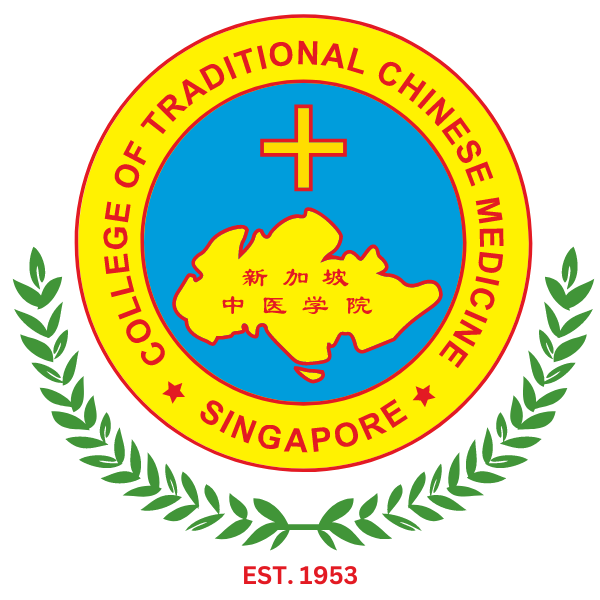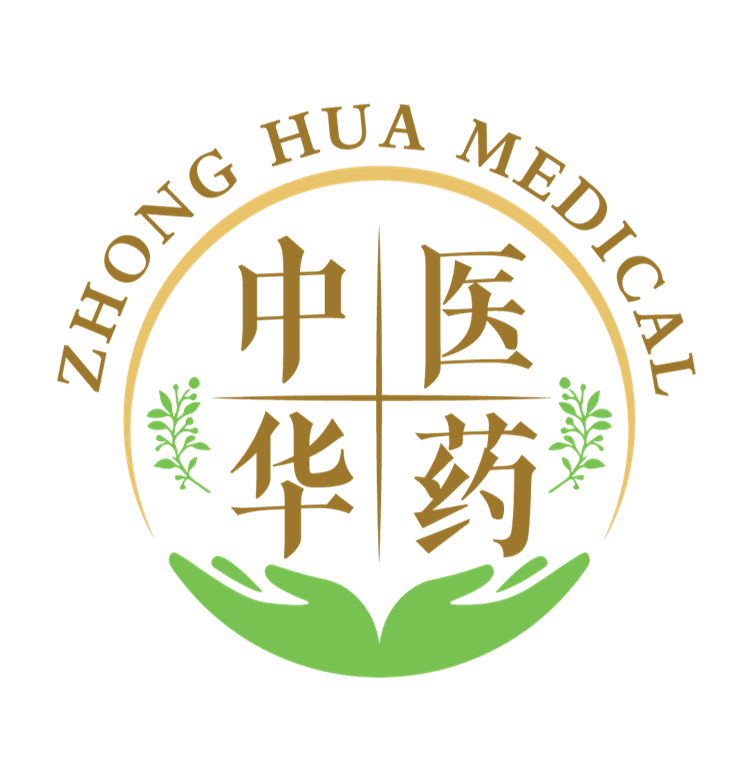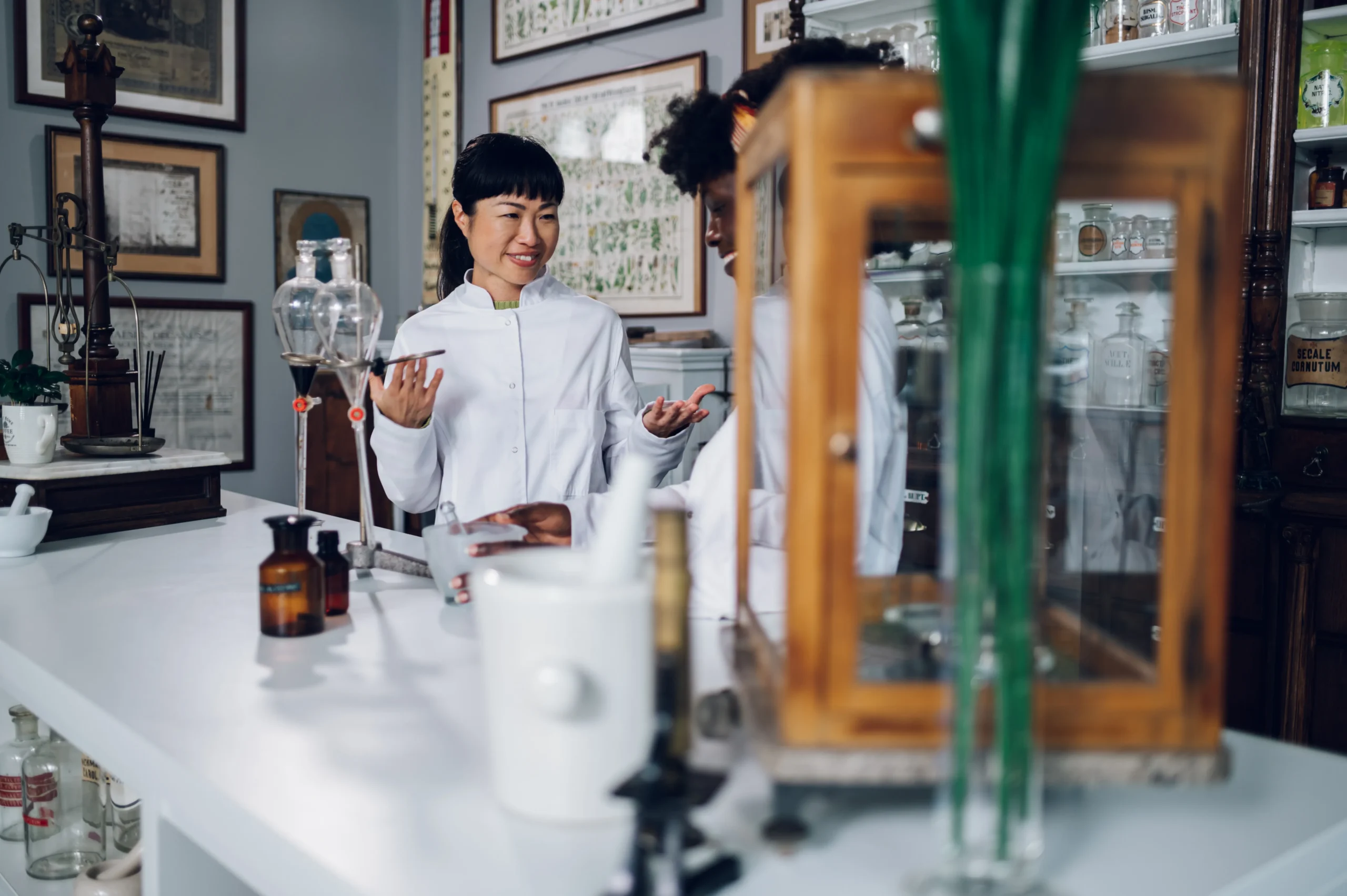Traditional Chinese Medicine (TCM) is an ancient system of health and wellness that has evolved over thousands of years.
Originating in China, TCM encompasses a wide range of practices, including herbal medicine, acupuncture, cupping therapy, Qigong, Tai Chi, and dietary therapy.
Nowadays, TCM has gained recognition and integration within global healthcare systems. Its holistic approach to health and emphasis on natural treatments have made it popular in China and many other countries, including Singapore.
In Singapore, TCM practices such as acupuncture, moxibustion, and cupping therapy are widely available and sought after for their therapeutic benefits.
Philosophical Foundations
The development of TCM was deeply influenced by Chinese philosophy, particularly Daoism, Confucianism, and Buddhism.
Central to TCM are the concepts of Yin and Yang, which represent opposing but complementary forces in the universe, and the Five Elements Theory (Wu Xing), which describes the interactions between wood, fire, earth, metal, and water.
A Brief History of TCM
TCM traces its roots to ancient China, where it developed as a system of health and wellness based on observation, experience, and philosophical concepts.
The origins of TCM are often attributed to legendary figures such as Shen Nong, who is considered the “Divine Farmer” and is said to have tasted hundreds of herbs to discover their medicinal properties.
Others like Huang Di or the Yellow Emperor, have been credited with authoring the foundational text, the “Huang Di Nei Jing” (The Yellow Emperor’s Classic of Medicine). This text, which dates back to around 300 BCE, is one of the earliest and most influential works in the history of Chinese medicine.
Key TCM practices and techniques
Traditional Chinese Medicine (TCM) encompasses a diverse array of practices and techniques designed to promote health and treat various ailments. This section delves into the key practices of TCM, highlighting their principles, applications, and benefits.
Traditional chinese herbal medicine
A cornerstone of TCM, herbal medicine involves the use of natural plants and minerals to create remedies. These remedies aim to balance the body’s internal environment and treat various conditions.
Many believe that herbal medicine first traces its roots back to around 2800 BCE during the reign of Shen Nong, the “Divine Farmer,” who is said to have tasted hundreds of herbs to understand their medicinal properties.
Principles:
- Yin and Yang: Herbs are classified based on their Yin (cooling) and Yang (warming) properties.
- Five Elements: Herbs correspond to the Five Elements (wood, fire, earth, metal, and water) and target specific organs and systems.
Applications and Benefits:
- Commonly Used Herbs: Ginseng, ginger, licorice, and goji berries are widely used for their therapeutic effects.
- Formulations: Herbal prescriptions are often customized for individual needs, addressing issues such as digestive problems, respiratory conditions, and stress.
Acupuncture
A widely recognized practice, acupuncture involves the insertion of thin needles into specific points on the body to stimulate energy flow (Qi) and restore balance. It is a popular TCM practice in Singapore, with many clinics offering treatments for various health issues.
Acupuncture’s origins can be traced back to the Neolithic age (circa 6000 BCE) when sharp stones and bones were used to relieve pain and disease.
The practice became more refined over time, with significant developments during the Han Dynasty (206 BCE – 220 CE). The “Huang Di Nei Jing” is a foundational text that outlines the principles of acupuncture, including the concept of meridians and Qi flow.
Principles:
- Qi Flow: Acupuncture points are chosen to stimulate the flow of Qi along the body’s meridians.
- Balancing Yin and Yang: Acupuncture aims to correct imbalances in Yin and Yang to restore health.
Applications and benefits:
- Pain Relief: Acupuncture is effective in relieving chronic pain conditions such as back pain, migraines, and arthritis.
- Stress Reduction: It is also used to alleviate stress and anxiety by promoting relaxation and balance.
Cupping Therapy
Cupping therapy involves placing cups on the skin to create suction, believed to improve blood flow and promote healing. Cupping therapy dates back to ancient Egypt, as documented in the Ebers Papyrus (circa 1550 BCE).
However, it has been an integral part of Chinese medicine for over 2000 years, with references found in the works of early practitioners such as Ge Hong (281–341 CE) in his text, “A Handbook of Prescriptions for Emergencies.”
Principles:
- Suction and Blood Flow: The suction created by cupping increases blood flow to the area, promoting healing.
- Qi Movement: Cupping helps to move Qi and remove blockages in the meridians.
Applications and Benefits:
- Pain Management: Cupping is used to alleviate muscle pain, stiffness, and inflammation.
- Detoxification: It is also thought to help remove toxins from the body and improve overall health.
Moxibustion
Moxibustion involves burning dried mugwort (moxa) on or near the skin to warm and invigorate the flow of Qi in the body and dispel certain pathogenic influences. Moxibustion has been practiced for thousands of years, with its origins deeply intertwined with the early development of acupuncture.
Principles:
- Heat Therapy: The heat from burning moxa stimulates circulation and improves the flow of Qi.
- Yin and Yang Balance: Moxibustion helps to balance Yin and Yang by warming areas of the body that are cold or stagnant.
Applications and Benefits:
- Pain Relief: Effective for treating chronic pain and muscle stiffness.
- Immune Support: Believed to boost the immune system and improve overall health.
Tui Na (Massage Therapy)
Tui Na is a form of therapeutic massage that uses various hand techniques to stimulate acupuncture points, promote Qi flow, and improve circulation. This form of massage therapy has been practiced in China for over 2000 years.
Many believe that Tui Na traces its origins back to the Qin and Han dynasties where it was initially referred to as “Anmo”, which means to “press and rub”. Over time, these massage techniques evolved and began incorporating aspects of acupuncture and herbal medicine to provide healing.
Principles:
- Acupressure: Uses techniques to apply pressure on specific points to stimulate Qi flow.
- Manual Manipulation: Combines massage and manipulation techniques to enhance circulation and relieve pain.
Applications and Benefits:
- Pain Relief: Effective for musculoskeletal pain, including neck and back pain.
- Stress Reduction: Helps reduce stress and improve overall well-being.
Zhong Hua: Your ideal TCM partner
Traditional Chinese Medicine (TCM) has a rich and extensive history, evolving from ancient practices to a well-established system of health and wellness.
From herbal medicine to acupuncture, cupping therapy, moxibustion, and Tui Na, TCM offers a holistic approach to health that emphasizes the balance of Yin and Yang, the flow of Qi, and the harmony between the human body and the natural world.
To explore how TCM can help you stay healthy naturally and to learn more about our services, visit our website here. Discover the benefits of TCM and take the first step towards a healthier, balanced life.




